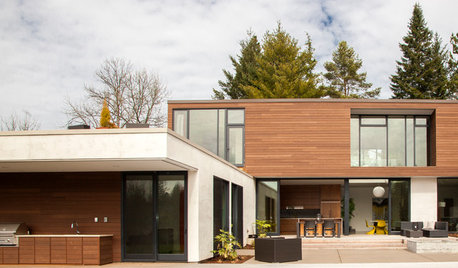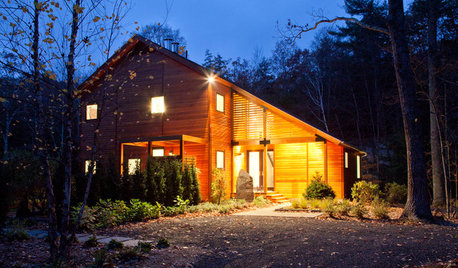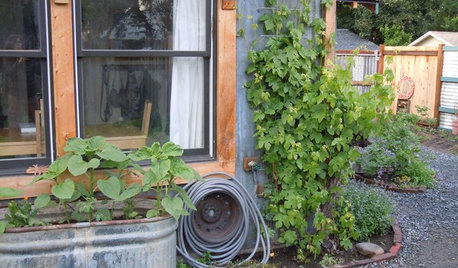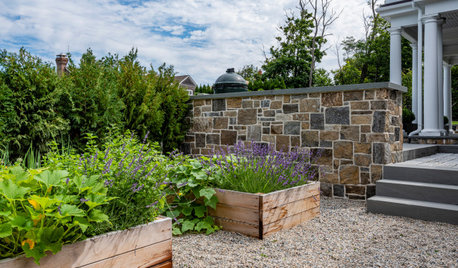Arborvitae watering - Drip LIne
mattyp
12 years ago
Featured Answer
Sort by:Oldest
Comments (9)
brandon7 TN_zone7
12 years agomattyp
12 years agoRelated Professionals
Londonderry Landscape Architects & Landscape Designers · Beachwood Landscape Architects & Landscape Designers · Hershey Landscape Architects & Landscape Designers · Arlington Landscape Contractors · Palm Beach Gardens Landscape Contractors · Stallings Landscape Contractors · West Chester Landscape Contractors · Wichita Window Contractors · Gibsonton Window Contractors · Muttontown Window Contractors · Roselle Park Window Contractors · Middle Island Driveway Installation & Maintenance · Royal Oak Driveway Installation & Maintenance · Cary Decks, Patios & Outdoor Enclosures · Westford Decks, Patios & Outdoor Enclosuresken_adrian Adrian MI cold Z5
12 years agomattyp
12 years agoken_adrian Adrian MI cold Z5
12 years agomattyp
12 years agotsugajunkie z5 SE WI ♱
12 years agogardengal48 (PNW Z8/9)
12 years ago
Related Stories

GARDENING GUIDESHow to Install a Drip Irrigation System
Save time and water with a drip watering system in your vegetable garden — a little patience now will pay off later
Full Story
HOUZZ TOURSMy Houzz: Sleek Lines and Innovations in Portland
Behind these airy, contemporary interiors lie high-tech systems that lower utility costs while keeping the family comfortable
Full Story
CONTEMPORARY HOMESHouzz Tour: Strong, Modern Lines Stand Up to the Trees
Modernism takes kindly to the New York woods, with double-height ceilings for openness and a burbling creek for music
Full Story
GARDENING GUIDESEdible Gardening Essentials: Tips for Traditional Hand Watering
Save the expense and hassle of a complicated garden system with a simple watering can or inexpensive hose add-ons
Full Story
HOUSEKEEPINGProtect Your House From Winter Water Damage
Avoid costly repairs by learning to spot potential problem areas before water damage is done
Full Story
SAVING WATERXeriscape Gardens: How to Get a Beautiful Landscape With Less Water
Conserve water and make gardening much easier with the xeriscape approach’s 7 principles
Full Story
SAVING WATER11 Ways to Save Water at Home
Whether you live in a drought-stricken area or just want to help preserve a precious resource, here are things you can do to use less water
Full Story
GARDENING GUIDESEssential Watering Tips for Your Edible Garden
To give your edible plants just what they need, check out these guidelines for how, when and how much to water
Full Story
GARDENING GUIDES9 Ways to Be Water-Wise in the Edible Garden
Consider these tips to get a healthy backyard crop that uses less water
Full Story
LANDSCAPE DESIGNHow to Move Water Through Your Landscape
Swales, underground pipes or a mix of both: There’s more than one way to distribute water in the garden
Full StoryMore Discussions







brandon7 TN_zone7